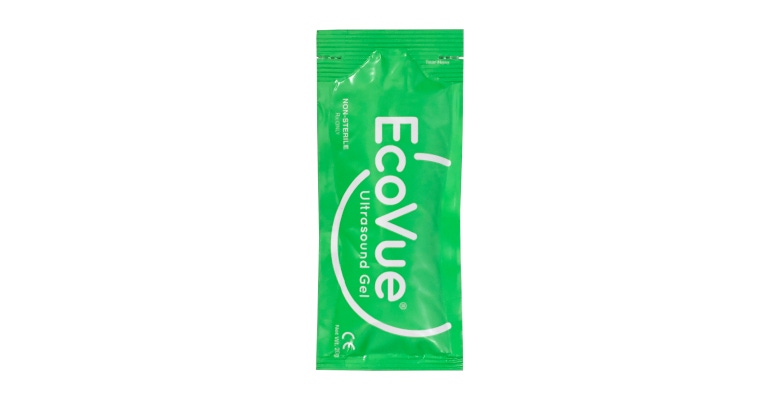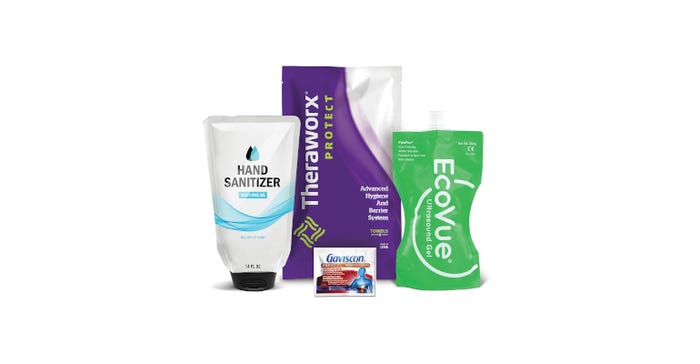Glenroy Promotes Package Recycling by Joining Association of Plastic Recyclers
Could the flexible packaging converter drive use of recycled or recyclable materials for medical packaging?
March 4, 2022

Flexible packaging converter Glenroy Inc. has just enlisted in the Association of Plastic Recyclers (APR). The association encourages the recycling of all plastics, and members include independent recycling companies, consumer product companies, equipment manufacturers, testing laboratories, organizations, and others. Glenroy offers a number of recyclable or recycled-content packaging options for medical products.
Interest in supporting a “circular economy” helped inspire Glenroy’s APR membership. “As a company focused on delivering sustainable solutions to serve the next generation, we are excited to collaborate with the Association of Plastic Recyclers to educate and advance plastic recycling,” explained Evan Arnold, vice president of business development at Glenroy, in a news release. “We are continuing to evolve flexible packaging to create a truly circular economy.”
Medical device packaging providers should “prepare for the circular economy based on the sheer volume of flexible packaging they use,” Ken Brunnbauer, Glenroy’s marketing manager, told MD+DI. “The value of high barrier protection from flexible packaging is a vital element in medical device/pharmaceutical packaging. So, continuing to maintain that level of protection and transitioning to a post-consumer recycled (PCR) or recyclable format would have a major impact on decreasing the amount of virgin plastic being produced.”
Brunnbauer says that Glenroy currently doesn’t have any medical device customers in a sustainable format. “But we are working with several medical device/pharmaceutical brands to transition their pouches, sachets, and/or packets to a sustainable format, so we expect they will be in the near future,” he said.
Potential options for medical device packaging include Glenroy’s TruRenu sustainable flexible packaging portfolio featuring high-barrier, recyclable pouches and film laminations that qualify for the How2Recycle store drop-off label program and the NexTrex Recycling program; high-barrier post-consumer recycled (PCR) pouches and film laminations made with up to 53% recycled content; the premade STANDCAP Pouch in a PCR format with up to 48% recycled content; and the new recycle-ready premade STANDCAP Pouch, a 100% Polyethylene structure engineered for recycling.

Brunnbauer says that facilities within the healthcare industry could work directly with the Sustainable Packaging Coalition (SPC) to determine how the recyclable packaging would be collected. “I don’t see hospital staff having to take the used packaging to the bins outside of retail stores,” he says. “Because of their volume, I believe the SPC would work with healthcare facilities on a collection procedure. Another option for the healthcare industry would be to work with Trex and their NexTrex recycling program. If the packaging qualifies for the NexTrex program (Glenroy’s store drop-off pouches are already pre-qualified), it is collected and sent directly to Trex for conversion into their composite lumber and furniture.”
About the Author(s)
You May Also Like



.png?width=300&auto=webp&quality=80&disable=upscale)
